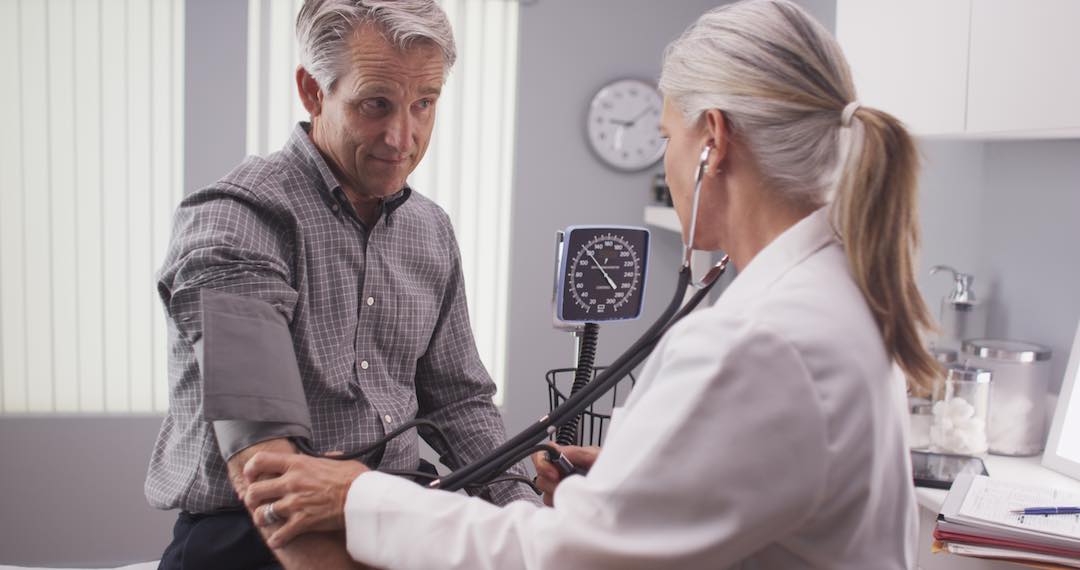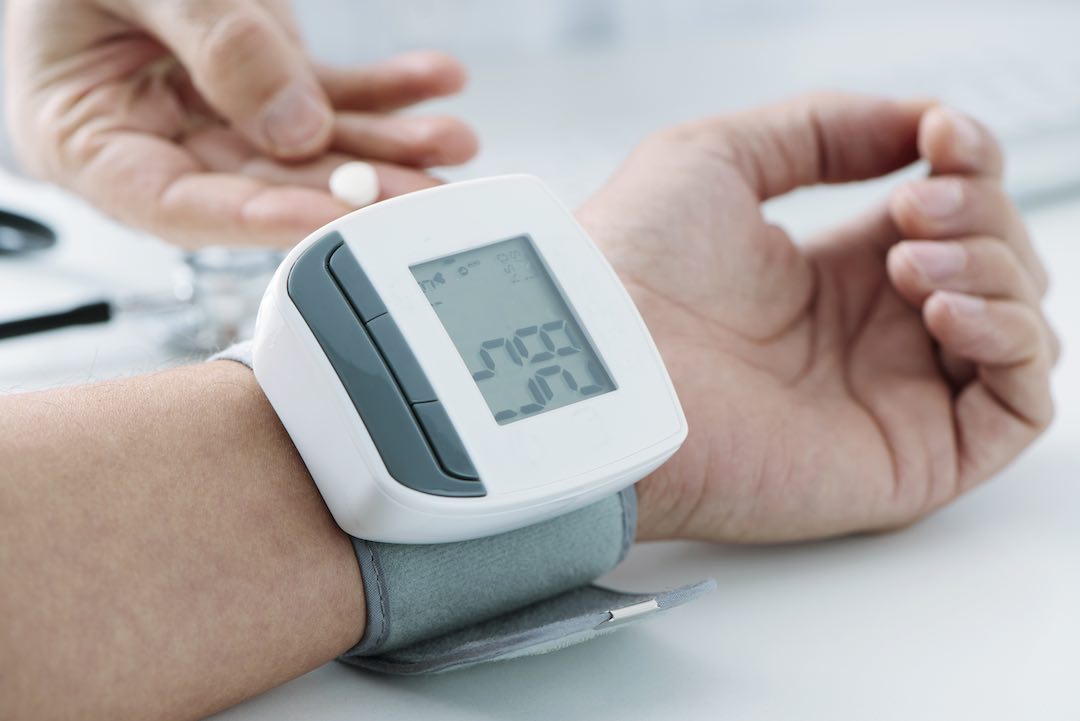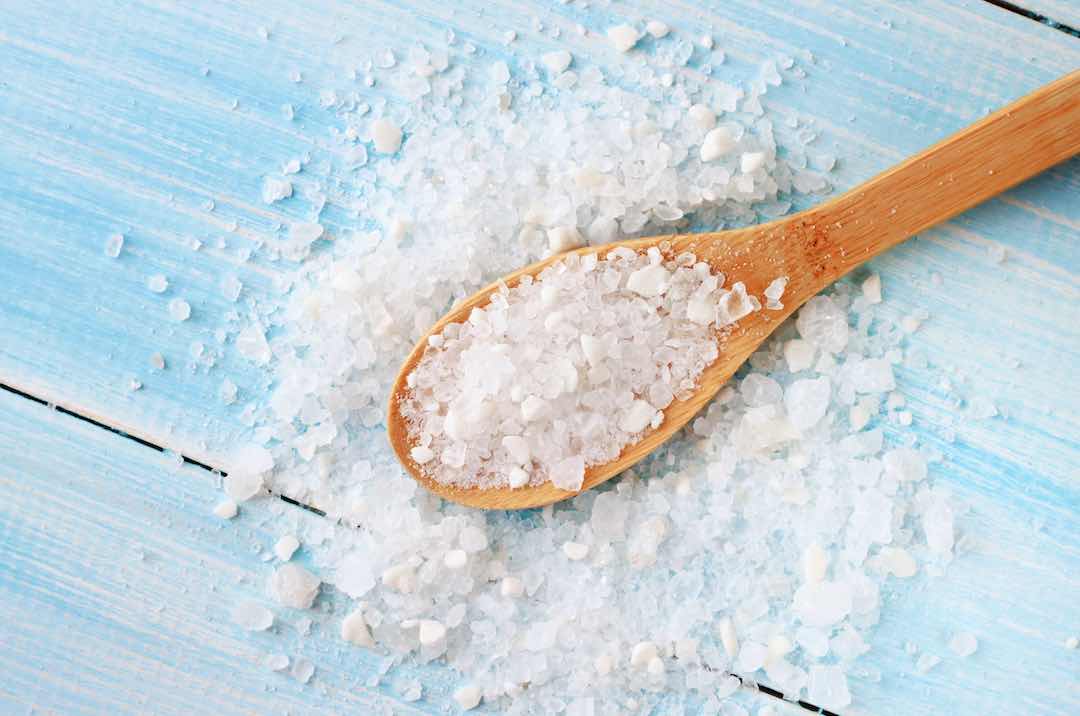Warning: Undefined array key 1 in /var/www/wp-content/plugins/monarch/monarch.php on line 4359
by Glenn Baja
Much attention is given to ways to prevent high blood pressure (hypertension), but fewer people are concerned about low blood pressure (hypotension). While it might seem desirable to have low blood pressure, if it dips too low, it can cause problems. Here, we discuss low blood pressure, its consequences, and how to raise your blood pressure.
The Lowdown On Low BP
A blood pressure reading of less than 90/60 is considered low. However, it’s possible to have low blood pressure without exhibiting any symptoms, so it’s generally something that is watched but not medicated. The trouble with low blood pressure is that ultimately, not enough blood gets to the organs. If this becomes chronic, the organs start to malfunction and symptoms appear. The consequences of chronic low blood pressure are quite serious and can include stroke, shock, heart attack, and kidney failure.
Symptoms of low blood pressure
It’s important to note that you may not always have obvious symptoms if you have low blood pressure. Common symptoms include fatigue, trouble concentrating, blurred vision, dizziness, fainting, and nausea.
If you do NOT have any of these symptoms yet your blood pressure registers as low, monitoring the condition is important but treatment is not necessary. However, if you exhibit even one of the above symptoms, have your blood pressure checked to rule out any serious underlying factors.
Note: Sometimes, a drop in blood pressure is noticeable if you suddenly stand up – this is normal. Rapid position changes cause a quick drop in blood pressure, which will stabilize within a few minutes.
Causes of low blood pressure
An underlying condition usually causes chronic low blood pressure – thus, if you exhibit any symptoms of low blood pressure, it’s wise to have a thorough checkup to identify the cause. Often, if the underlying cause is treated, blood pressure will stabilize. Low blood pressure can be caused by:
- Pregnancy
- Side effects of medication
- Nutritional deficiency (particularly trace minerals)
- Severe infections
- Prolonged bed rest
- Allergic reactions
- Loss of blood volume
- Heart disease
Almost counter-intuitively, low blood pressure can also be a signal of excellent health but only IF you are not experiencing any symptoms.
If you’re concerned that you may have low blood pressure, the best time to take your blood pressure is first thing in the morning before breakfast and before taking any medications. Another reading should be done in the evening. When you take your blood pressure, take several readings at the same time of day to ensure accurate results.
How to Increase Blood Pressure
It’s not always necessary to medicate low blood pressure. Lifestyle changes and natural remedies often do the job by addressing its underlying cause.
One of the most common questions people ask is, “Does coffee raise blood pressure?” The answer is yes – temporarily. Caffeine can cause a spike in blood pressure, so it’s important to avoid any caffeine before you measure your blood pressure.
Here are several simple ways on how to raise blood pressure:
- Eat more salt. Salt is not the enemy if you have low blood pressure (as it can be, for people with hypertension). Increase sodium intake moderately – and opt for sea salt wherever possible, to increase concentrations of beneficial minerals.
- Know your meds. A wide variety of medications can lead to low blood pressure, and if low BP symptoms arise as a result, discuss the situation with your doctor so that they can adjust the dosage (never self-adjust dosages).
- Avoid alcohol. Alcohol lowers blood pressure so cut back to no more than one drink per day.
- Drink more water to increase blood volume, which can alleviate low blood pressure symptoms. Dehydration also puts a strain on the organs, so stay well hydrated throughout the day.
- Cross your legs while sitting and wear compression stockings to raise your blood pressure. Both of these techniques restrict blood flow to the lower legs, allowing more blood to access the major organs.
- Get up slowly. If standing up rapidly causes dizziness, lightheadedness or even fainting, get up slowly from a seated or lying position.
- Eat small, frequent meals. Large meals direct a larger volume of blood to the digestive system; smaller meals have a less taxing effect on the digestive system.
- Avoid very hot water. Standing up after soaking in a bath or hot tub can cause a dramatic drop in blood pressure.
- Keep moving. Standing in one position for prolonged periods can contribute to low blood pressure. If your job requires standing, try doing calf raises to keep your blood pumping.
- Use more pillows when you sleep. Keeping your head elevated (above your heart) will make getting up easier if you suffer from lightheadedness upon standing up.
- Make sure you drink plenty of water and replenish electrolytes when you exercise, particularly on hot days.
When to See Your Doctor
If you don’t have symptoms, don’t worry about it! Be attuned to your body and pay attention to any of the symptoms listed here; follow the simple lifestyle and dietary changes; and see your doctor immediately if a medication you’re taking causes any change in your blood pressure or overall wellbeing.
I’m a self-professed madman, adventurer, photographer, certified High-Performance Coach, martial artist, and licensed physical trainer specializing in senior fitness. My passion is to continue growing and developing into my own unique, gifted, and joyful authenticity, while committing myself towards doing my own special part to help change the world. My mission is to help others find their own direction and purpose in life, by means of mentoring, teaching, and empowering.









I was thinking my symptoms were related to after effects of a severe concussion. Perhaps not after reading your article. Last blood pressure taken at the doctor’s office was something like 88/58. I asked wasn’t that extremely low and they just said that it was on the low side of normal. I need to do more research now. Thank you.